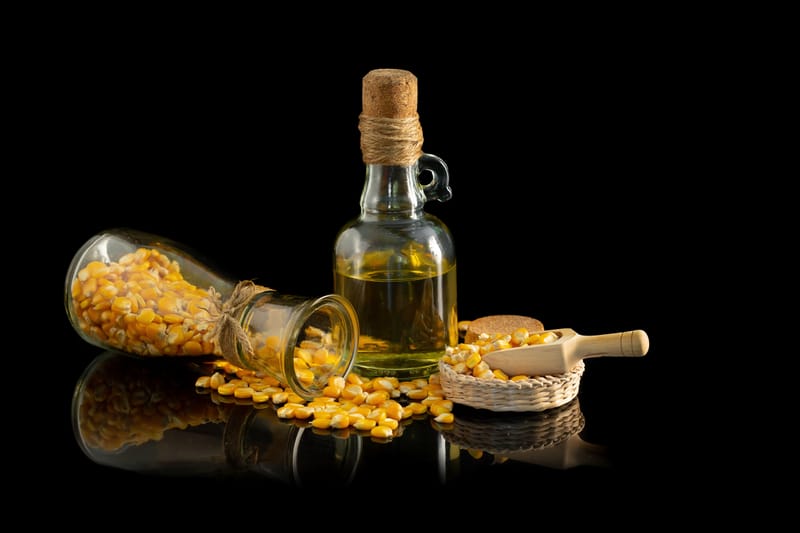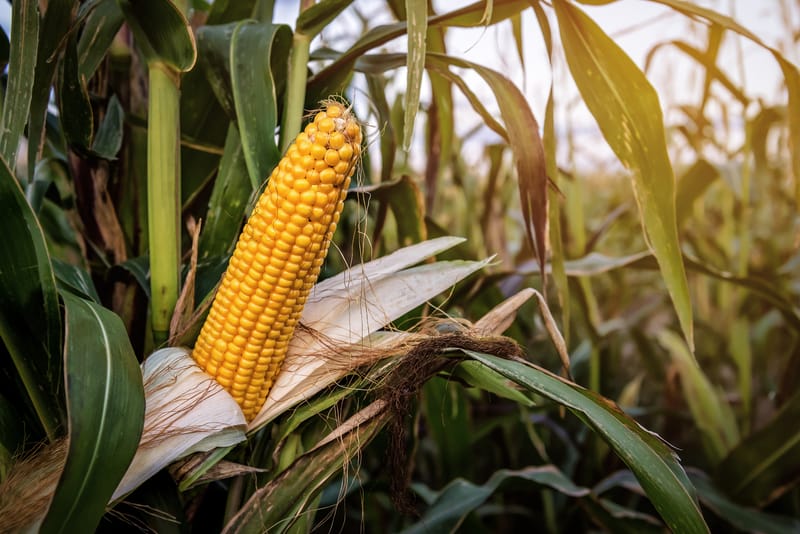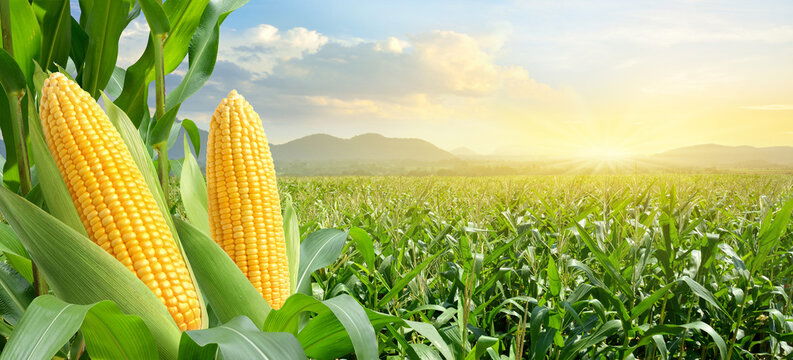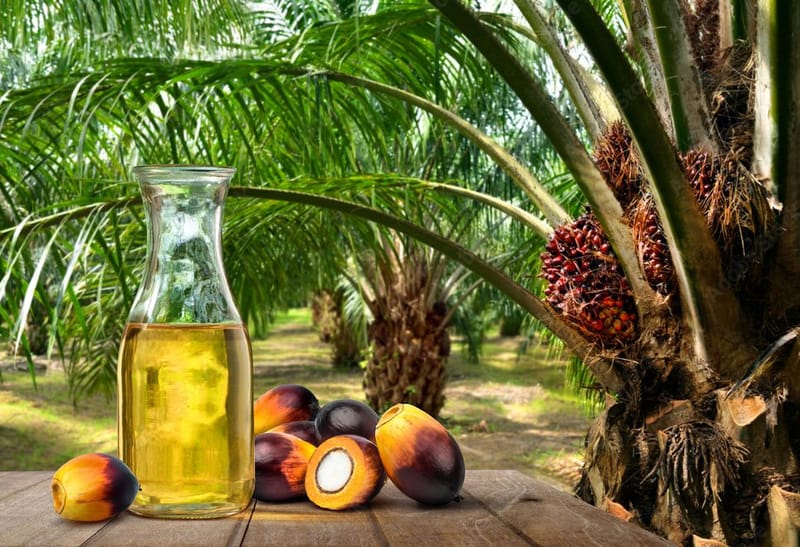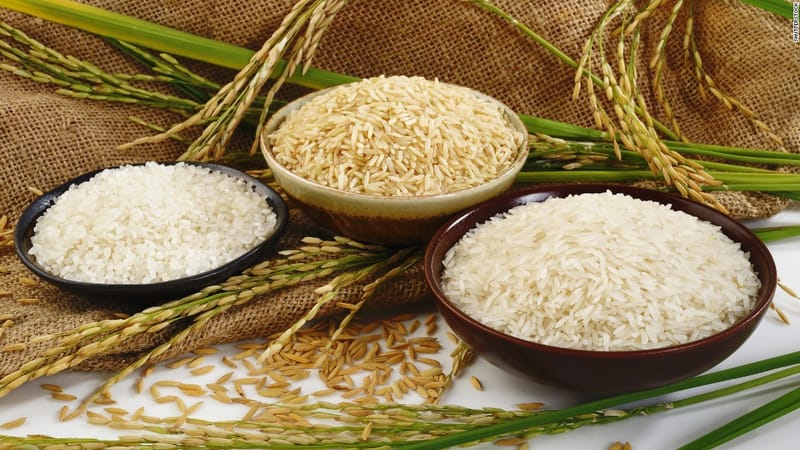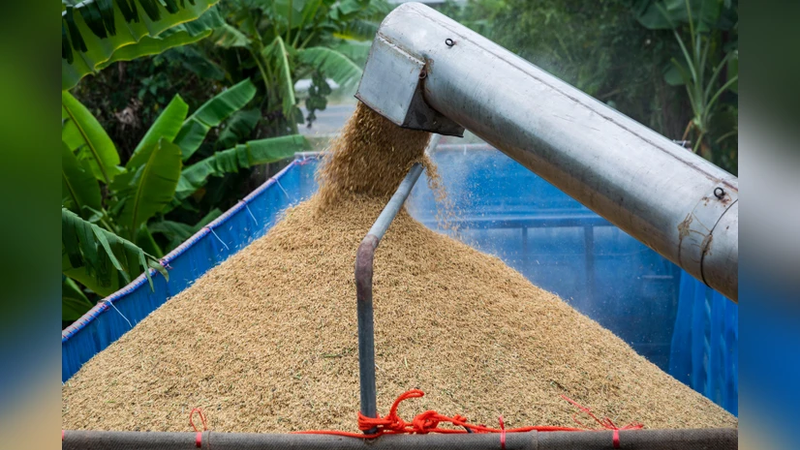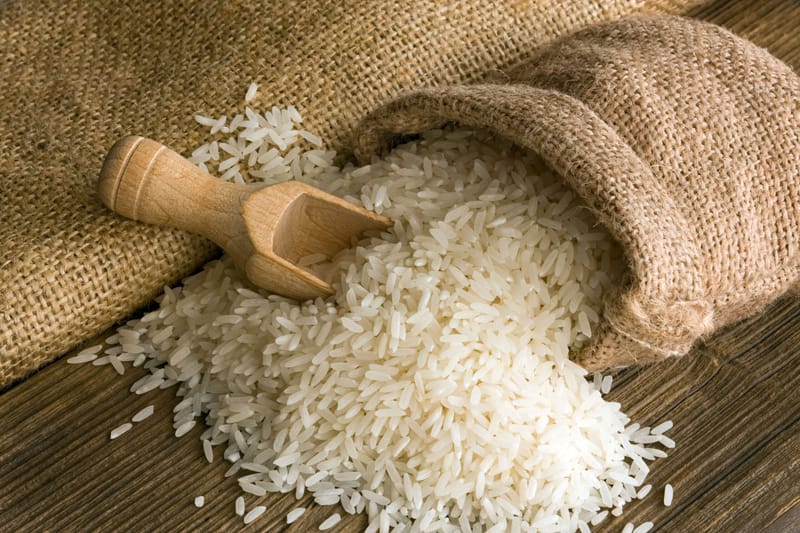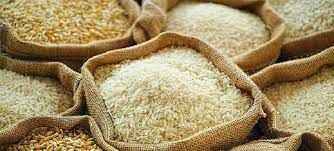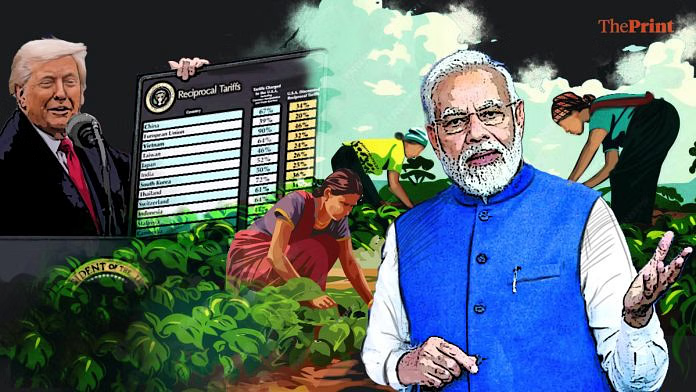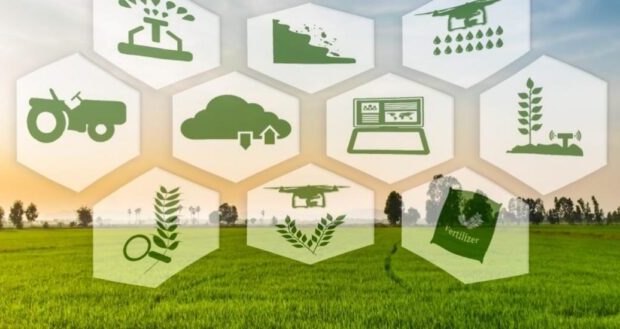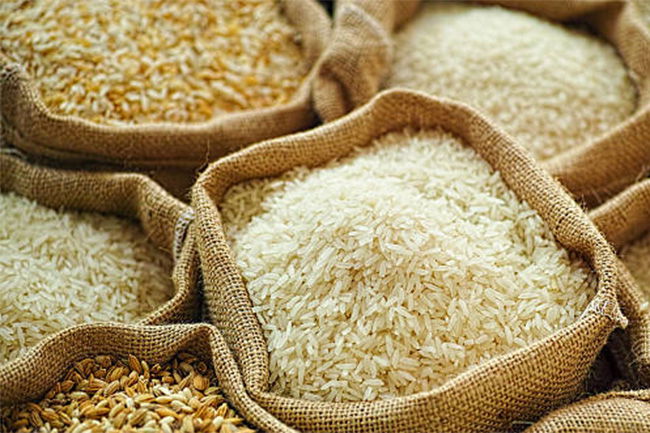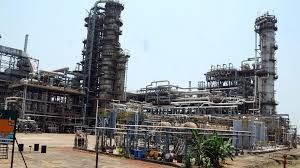ARTICLE 2
India, until now, has remained firm on restricting entry of GM crops into the country’s food chain. However, with US President Donald Trump’s push for greater market access for farm products, India could look into allowing GM soya and corn for industrial purposes only—a likely loophole in the country’s policy of a strong ban on GM crops in the food chain.
Read MoreIndia’s maize output has grown steadily from 10 million tonnes in the early 1900s to 42.3 million tonnes today. To accelerate this growth, Chouhan urged states like Punjab and Haryana, which are traditionally focused on paddy, to diversify into maize cultivation. He also noted that maize prices, which had previously fallen below the minimum support price (MSP) of Rs. 2,400 per quintal, have started rising due to the government’s ethanol blending target of 20 percent by 2025–26.
Read More14 July 2025, New Delhi: The Indian Agricultural Research Institute (IARI), Pusa, has issued a warning to maize-growing farmers across India about a rising infestation of the Fall Armyworm (FAW), a destructive pest known to cause significant damage to maize crops. According to IARI experts, early signs such as wilting plants and holes in the leaves indicate the presence of this invasive pest, which can rapidly spread and devastate entire fields if not managed promptly.
Read MoreThe Indian government plans to increase crude palm oil production from 0.35 tonnes to 2.3 tonnes by 2029 under the National Oil Palm Mission. The area of plantations will be expanded from 0.6 million to 1 million hectares with the support of private companies and high-tech agriculture. The goal is to reduce the import of edible oils and support farmers through guaranteed prices, reports Financial Express.
Read MoreMUMBAI -- Rice traders in India, the world's biggest supplier of the staple, are paring back their forecasts of record exports as buyers struggle to take on the glut of rice unleashed by the lifting of the country's export curbs. This comes as Indian exporters find themselves in a similar situation to their peers in Thailand and Vietnam, who have been hit by the drop in prices caused by the Indian oversupply. India's Rice Exporters Association has cut its growth forecast of total rice exports for 2025 to 11%, amounting to about 20 million tons, down from its earlier forecast of a 25% jump to 22.5 million tons, B.V. Krishna Rao, the group's president, told Nikkei Asia.
Read MoreIndian rice millers and exporters are upbeat about Bangladesh's "plan to import 9 lakh tonnes of rice", anticipating a boost in demand and better prices for the cereal, stakeholders said on Sunday. With India accounting for 46 per cent of global rice exports, the country is expected to "emerge as the primary beneficiary of the move for its proximity, availability, and competitive pricing", they said."Of the total import plan, 4 lakh tonnes will be procured directly by the Bangladesh government through international tenders, while another 5 lakh tonnes will be imported by private traders of the neighbouring country. The decision comes earlier than usual, amid fear of crop loss due to heavy rain that could impact Bangladesh's Amon paddy currently being sown," Ricevilla Foods CEO Suraj Agarwal told PTI.
Read MoreAs of August 1, 2025, the U.S. has officially imposed a 25% tariff on Indian imports, including rice, along with a unspecified penalty tied to India’s oil and defense purchase agreements with Russia The Indian Rice Exporters Federation (IREF) has stated that the tariff represents a temporary hurdle, not a permanent disruption. They emphasize India’s competitive advantage and strategic adaptability.
Read More"This initiative is part of India-UN Global Capacity Building Initiative launched on 1st August 2025 by Ministry of External Affairs, Government of India, in New Delhi," read a statement issued by the Indian Embassy in Nepal.
Read MoreKicking off the M.S. Swaminathan centenary commemorations, Prime Minister Narendra Modi vowed to protect the interest of the Indian farmer, fishing and dairying communities, whatever the risks or costs, and whatever price he might have to pay for it personally. The question: what is the price he and the country may have to pay?People of India value their sovereignty over any personal comfort or worldly needs. They will stoically absorb even short-term loss of jobs for national self-respect. Think of shrimp farmers, basmati and spices growers, carpet weavers, hosiery workers, and artisans mostly in Gujarat cutting diamonds, gems and fitting them into gold jewellery, all hit by 50 percent tariffs.
Read MoreMinister of State for Agriculture & Farmers’ Welfare, Shri Bhagirath Choudhary, Rajasthan Chief Minister Shri Bhajanlal Sharma, and Rajasthan Agriculture Minister Dr. Kirodi Lal Meena, were present during the occasion, along with a large number of farmers. Lakhs of farmers and beneficiaries from various states also joined the event virtually.
Read MoreRice millers in Punjab have declared they will not process hybrid paddy varieties such as Pusa‑44, citing extremely high grain breakage rates (45–50%) and reduced head‑rice recovery (55–57% vs. the standard 67%). This makes milling financially unviable and poses serious complications for the upcoming procurement season. Millers are demanding relaxed breakage norms and access to an IIT Kharagpur study on yield outcomes.
Read MoreA view of MRPL unit in Mangalore. -Photo/Govindarajan Javali A view of Mangalore Chemicals and Fertilizers (MCF). Since 1992, India has transformed its petroleum refinery structure, producing fuels that meet global standards. Mangalore and its suburbs a...
Read More